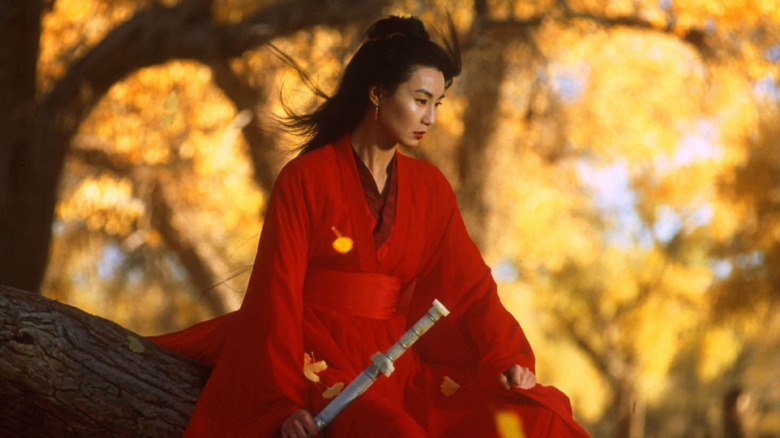
Zhang Yimou’s Hero tells the tale of a nameless warrior’s encounters with the King of Qin, exploring power, sacrifice, and storytelling.
Wuxia & Techniques
- Classic Wuxia: Mythic heroes, gravity-defying combat, philosophical themes.
- Techniques: Color-coded Rashomon-style storytelling; poetic slow-motion action; stunning cinematography.
Discussion Questions
- How does color symbolism reinforce each version of the story?
- How does Hero portray the tension between personal freedom and duty?
- How do the fight sequences blend realism with fantasy?
- Did you like the film? Why or why not?

No comments:
Post a Comment